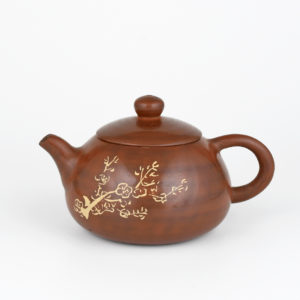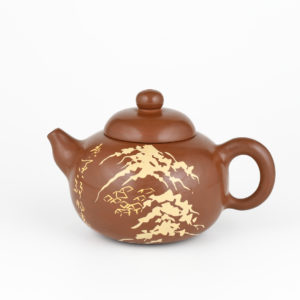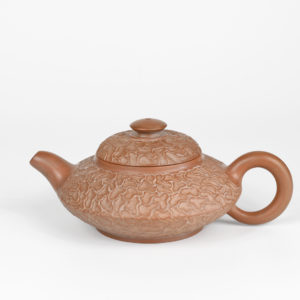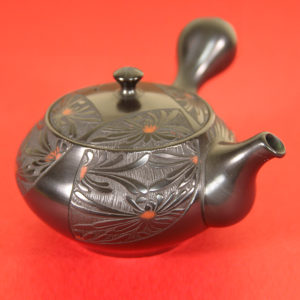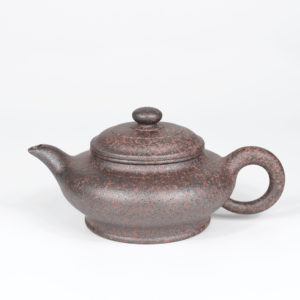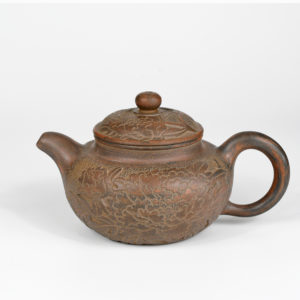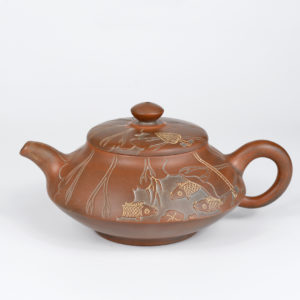Stoneware is a term that refers to a high-fired ceramic that is strong and durable. It is more dense, and much less porous than earthenware, another, similar type of ceramics.
A fully-glazed stoneware teapot is suitable for steeping any type of tea, and is impervious to absorbing flavors from the tea being steeped within it.
The minimal maintenance required for this material is either just a quick rinse to wash away traces of the most recently steeped tea or a more thorough washing, being careful to not scrub the surface and cause scratching in the glaze.
Unglazed clay teapots have a long association with tea preparation in both Japan and China. Yixing teapots are perhaps the most famous example of Chinese unglazed stoneware. Yixing teapots are quite beloved, and may be very dense and barely porous, they can be somewhat porous, or they can be very porous.
An Yixing teapot of the latter two styles will, over time, absorb some of the flavor of the tea that has been steeped in it. An unglazed teapot of this type should therefore be used for only one type of tea; and many East Asian tea enthusiasts keep a repertoire of teapots on hand in their tea cabinet and vary the pot used according to the tea being served. This is quite common among tea drinkers of oolong and Pu-erh, both teas that demand re-steeping and long lengths of time during which the leaf remains in the teapot.
Japanese unglazed teapots, two of the most notable being those from Banko and Tokoname, are made from relatively hard clays which, although unglazed, do not absorb the flavors of the tea. While these teapots are used in Japan to steep Japanese leaf tea such as sencha, they can be used to steep other types of tea as well. Be sure to give a quick rinse with warm water to these teapots after each use.
Earthenware teapots are fired at lower temperatures than stoneware and as a result are softer and more porous. Although earthenware teapots can be left unglazed, most are fully glazed to make them watertight.




